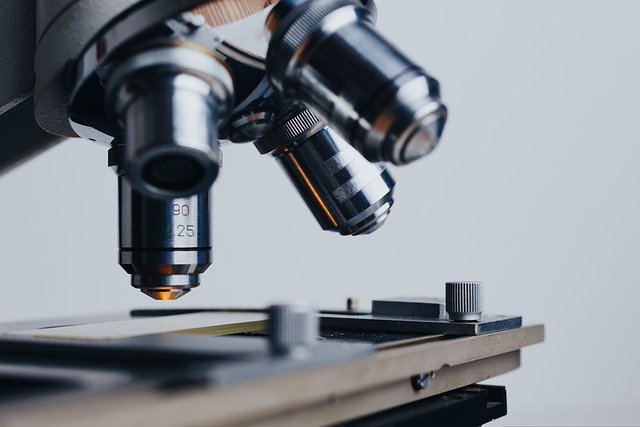There are many different types of medical devices, from simple devices like Band-Aids to complex devices like pacemakers. Medical device design and development is the process of creating new medical devices or improving existing ones.
Medical device design and development have a long history. Some of the first medical devices were created in the early 1800s when doctors began to use stethoscopes to listen to patients’ hearts and lungs. In 1843, the first rubber-based medical devices were created, followed by the first glass medical devices in 1849. Those devices have come a long way since the early days of medicine. Early medical devices were often crude and rudimentary, but they served an important purpose: to help medical professionals save lives.
Since then, medical device design and development have come a long way. Today, medical devices are made from a variety of materials, including plastics, metals, and ceramics. They are also often designed using computer-aided design (CAD) software.
As medical knowledge and technology have progressed, so too have medical devices. Today, medical devices are more sophisticated than ever before, and they play a vital role in the quality of care that patients receive. Some of the historical milestones in medical device design and development include:
-The first medical devices were primitive tools used by early medical professionals to treat their patients.
-As medical knowledge progressed, so too did medical device design. Newer devices were more sophisticated and effective than their predecessors.
-Medical device design and development played a vital role in the development of modern surgery. Without medical devices, many surgical procedures would not be possible.
-Medical devices have continued to evolve as new technologies have emerged. Today, medical devices are more advanced than ever before, and they play a vital role in the quality of care.
The first step in medical device design and development is to identify a need. This can be done by observing medical professionals in their work environment, interviewing patients, or reviewing the medical literature. Once a need has been identified, the next step is to generate ideas for how to address that need. This can be done through brainstorming sessions with a team of designers and engineers.
Once ideas have been generated, they must be evaluated to determine which are feasible and which are not. Feasible ideas will be further developed into prototypes. These prototypes will be tested to see if they meet the requirements. If they do, they will be mass-produced and made available for medical professionals to use.
Examples of Medical device design and development
One example of medical device design and development is the creation of new medical devices. In the past, medical professionals used rudimentary tools to treat their patients. As medical knowledge progressed, medical device design also progressed. Newer devices were more sophisticated and effective than their predecessors. Today, medical devices are more advanced than ever before, and they play a vital role in the quality of care that patients receive.
Another example of medical device design and development is the improvement of existing medical devices. As new technologies emerge, existing medical devices can be updated to take advantage of those technologies. This can make them more effective and efficient at treating patients.
A third example of medical device design and development is the development of surgical procedures. Without medical devices, many surgical procedures would not be possible. Medical device design and development has played a vital role in the development of modern surgery.
A fourth example of medical device design and development is the creation of new materials for medical devices. In the past, medical devices were often made from crude materials such as metals, glass, and rubber. However, as medical knowledge and technology have progressed, new materials have been developed that are more effective and durable. Today, medical devices can be made from a variety of materials, including plastics, metals, and ceramics.
The field of medical device design and development is constantly evolving. As new technologies emerge, new opportunities for medical device design and development arise. This allows medical professionals to provide even better care for their patients.
Some of the advantages of medical device design and development include:
-Improved patient care: By creating new or improved medical devices, we can help to improve the quality of care that patients receive. This can lead to better health outcomes and a higher quality of life for patients.
-Increased efficiency in medical procedures: New medical devices can help to increase the efficiency of medical procedures, leading to shorter hospital stays and reduced costs.
-Reduced risks: New medical devices can help to reduce the risks associated with medical procedures, leading to safer procedures and fewer complications.
-Improved access to care: By making new or improved medical devices available to medical professionals, we can help to improve access to care. This can lead to better health outcomes for patients in underserved populations.
As medical knowledge and technology have progressed, so too have medical devices. Today, medical devices are more sophisticated than ever before, and they play a vital role in the quality of care that patients receive.
If medical device design and development are not adequately funded, it can have several negative consequences. These include:
-Reduced quality of care: Without new or improved medical devices, the quality of care that patients receive can suffer. This can lead to poorer health outcomes and a lower quality of life for patients.
-Inefficient medical procedures: Without new medical devices, medical procedures can be less efficient, leading to longer hospital stays and higher costs.
-Increased risks: Without new medical devices, the risks associated with medical procedures can increase. This can lead to more complications and a higher rate of mortality.
-Limited access to care: Without new or improved medical devices, access to care can be limited. This can have a disproportionate effect on patients in underserved populations, who may not have access to the same level of care as those in more affluent areas.
Medical device design and development is an important process that helps to improve the quality of care that patients receive. By creating new or improved medical devices, we can make a difference in the lives of those who need them.








Recent Comments